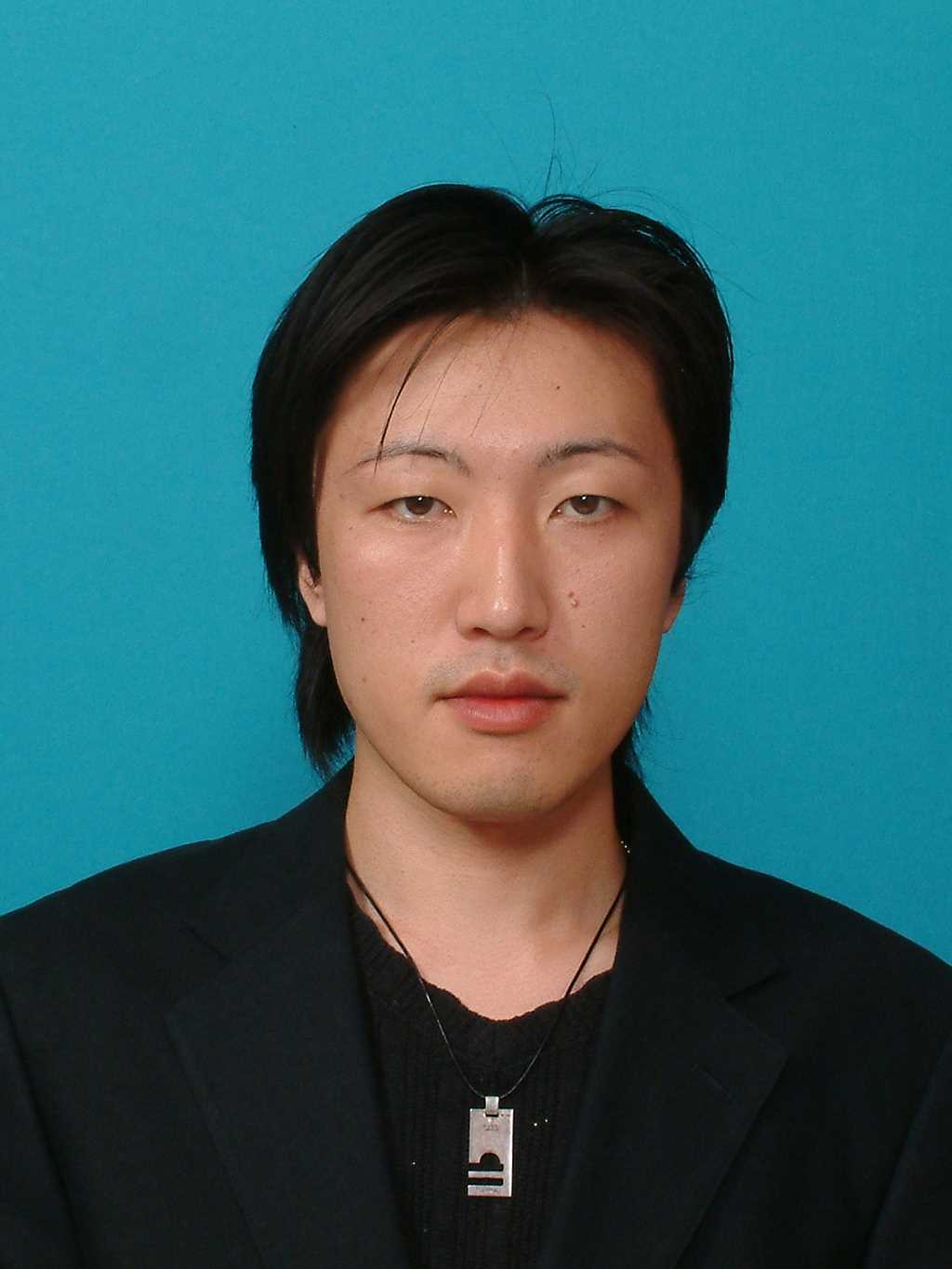Program Information
Biological Fingerprint for Automatic Patient Identification and Verification by Use of Three-Dimensional Magnetic Resonance Imaging with Multi-Planar Reconstruction Scout Images
Y Ueda1,2*, J Morishita3 , S Kudomi2 , K Ueda2 , (1) Department of Health Sciences, Graduate School of Medical Sciences, Kyushu University, Fukuoka, Japan, (2) Department of Radiological Technology, Yamaguchi University Hospital, Yamaguchi, Japan, (3) Department of Health Sciences, Faculty of Medical Sciences, Kyushu University, Fukuoka, Japan
Presentations
SU-E-I-72 (Sunday, July 12, 2015) 3:00 PM - 6:00 PM Room: Exhibit Hall
Purpose: Positive patient identification is essential to avoid patient misidentification and for the prevention of malpractice. It is necessary to reduce the possibility of patient misidentification risk caused by human errors. The purpose of our study is to investigate the feasibility of automated patient identification and verification using multi-planar reconstruction (MPR) images generated from three-dimensional magnetic resonance (MR) imaging of the brain.
Methods: Several anatomy-related MPR images generated from one three-dimensional fast scout scan of each MR examination were used as biological-fingerprint images in this study. The database of this study consisted of 730 temporal pairs of MR examination of the brain. We calculated the correlation value between current and prior biological-fingerprint images of the same patients and also all combinations of two images for different patients to evaluate the effectiveness of our method for patient identification and verification. In order to evaluate the verification performance, we calculated a half-total error rate (HTER) by the discriminant analysis utilizing the Mahalanobis distance to determine whether the MPR image pair is from the same patient or different patients. Moreover, we calculated an area under the receiver operating characteristic curve (AUC) and an equal error rate (EER). The identification performance was evaluated a rank-one identification rate, which was fraction of correctly identified as the most resemblance among all patient comparisons.
Results: Our results indicated a high performance in identifying and verifying patients. The best performance value of HTER, EER, AUC and the rank-one identification rate for each biological fingerprint analysis were 0.0159, 0.0137, 0.998 and 0.986, respectively.
Conclusion: Our method has the potential for discovering misfiled patient information after examination. Also, it will be useful for verifying registered patient information even if the patient is unable to communicate. We expect our method to be a key solution to patient misidentification problems.
Contact Email:


